The ongoing plight of National Park Service staff, a crippling bout of coral bleaching, record snowfall in the Sierra, and the loss of archaeological sites along the floor of Grand Canyon National Park were among the top stories across the National Park System in 2023. Here's a look at some of the top stories from around the National Park System.

Sunsets are nice, but they don’t offset low pay, poor housing, confounding leadership/Rebecca Latson sunset from Death Valley
Sunsets Aren't Enough
Low Pay, Poor Housing, And Confounding Leadership Behind Poor Morale At National Park Service
By Kurt Repanshek
Upon taking the helm of the National Park Service, Chuck Sams vowed that his top priority would be to improve the agency's dismal morale, which ranks among the lowest of all federal government agencies. But, two years later there's little evidence that Sams, finding the same morass that thwarted earlier would-be reformers, has made a significant difference or has any initiatives that will.
Years in the making and boxed in by federal regulations and bureaucracy, the obstacles are rooted in a grab bag of problems centered around inadequate and rundown employee housing, worker complaints of too little pay for their heavy workload, insufficient staff numbers, and leadership concerns.
But pay raises and improved living conditions are largely beyond Sams’ abilities to spur expedient improvements. Challenging political interference can be perilous, and he’s been unable to solve a lack of staff or prevent the impacts from government shutdowns or budget cuts.

Tough times seem to be headed towards the National Park Service/Kurt Repanshek file
Trying Times For National Park Service Funding
By Kurt Repanshek
It was just over a month ago when the federal government was staring at the possibility of a shutdown. Little seemingly has changed in the ensuing weeks, other than that the U.S. House of Representatives has a new speaker in Mike Johnson from Louisiana, and the Republican-controlled chamber has settled on its budget numbers for fiscal 2024, which started on October 1.
While most national parks likely will close to a certain degree if there is a government shutdown on Friday, what is more pressing for the National Park Service is what budget numbers Congress will settle on for the current fiscal year and whether President Biden will go along with them.

This summer's coral-bleaching event was widespread through marine units of the National Park System in the Caribbean. This photo was in early October/Courtesy of Jeff Miller
"Global Mass Coral Bleaching And Mortality Event" Expected To Hit Caribbean Parks Hard
By Kurt Repanshek
Sparkling white beaches rimmed by tangles of Tyre palms, seagrapes, and gumbo limbo trees. Warm Caribbean waters tinted turquoise and flecked with darting blue tangs, schools of yellow sergeant majors, and luminescent green parrot fish. Purple reef fans swaying in the currents above their brain, staghorn, and elkhorn corals. These make Virgin Islands National Park a tropical paradise.
Sadly, the idyllic underwater imagery has lost much of its vibrance, dulling to a dead, chalky, submarine seascape, and the outlook is not optimistic.

A new NPCA report maintains that damage to Big Cypress National Preserve from 2017-2018 oil exploration remains/NPS
Big Cypress National Preserve Continues To Show Impacts From 2017-18 Oil Exploration
By Kurt Repanshek
Six years after an oil company trudged out across Big Cypress National Preserve with ponderous “vibroseis” trucks that can weigh 30 tons apiece to search for oil reserves, ruts still ramble across the marl prairie, native vegetation is disrupted, and cypress tree revegetation appears to have stagnated.
National Park Service staff sound mostly satisfied with Burnett Oil Co.'s efforts to restore the sensitive landscape, but an analysis of present-day conditions by the National Parks Conservation Association points to remaining scars gouged by the vibroseis trucks, channelized areas that interfere with the flow of the "river of grass" towards Florida Bay, and "almost zero natural regrowth where bald cypress trees were cut down by the oil company."
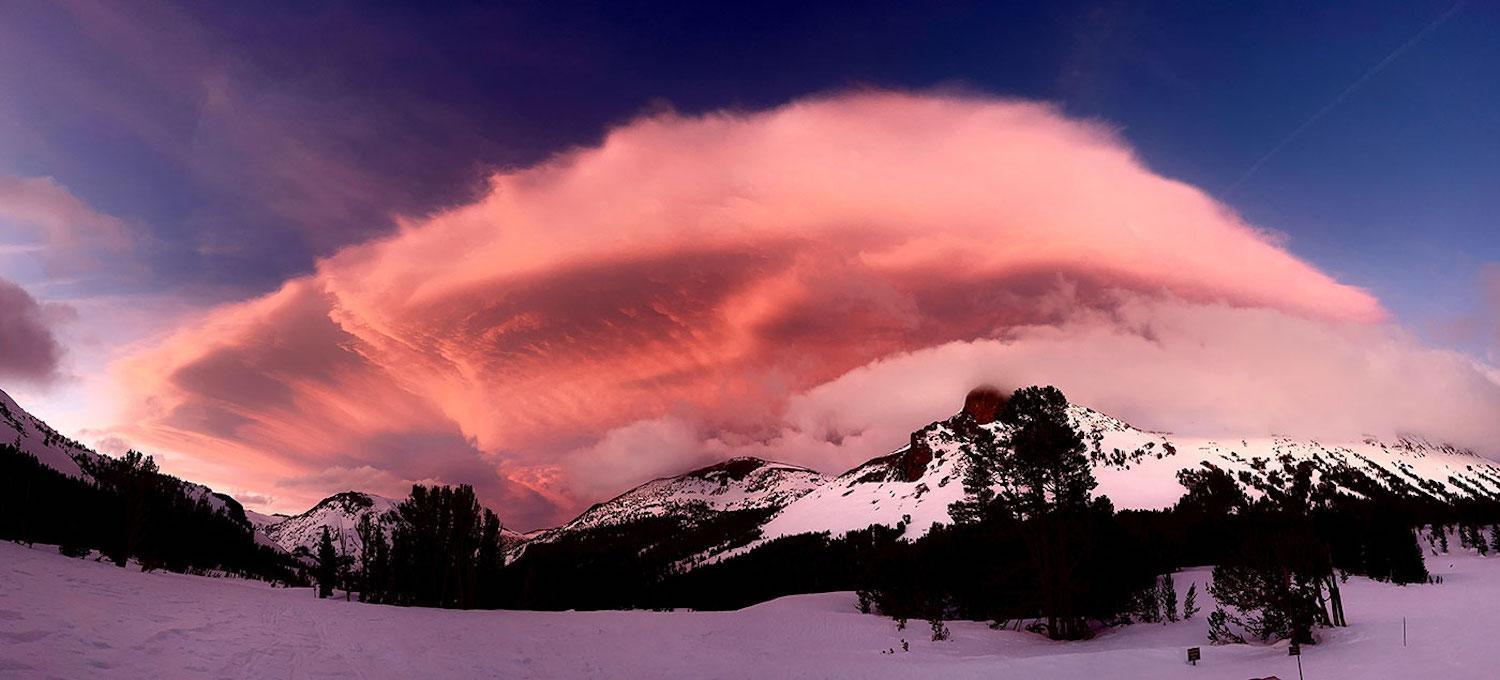
There's a lot of snow in Yosemite National Park's high country that still has to melt/NPS photo of Mount Dana, April 20, 2023
California's Mountain Parks: When All That Snow Melts
By Rita Beamish
Pummeled this year by some of California’s biggest, battering snowfalls on record, mountain national parks are now enmeshed in digging out and damage repair ahead of a summer that will veer sharply from the drought mentality that gripped the state just an eye-blink ago.
The pivot from being blasted by snow and pelted by rainstorms is speeding straight to the next challenge — a powerful melt that can engorge waterways and send torrential flows down wildfire-scarred mountainsides just removed from the driest three years on record.
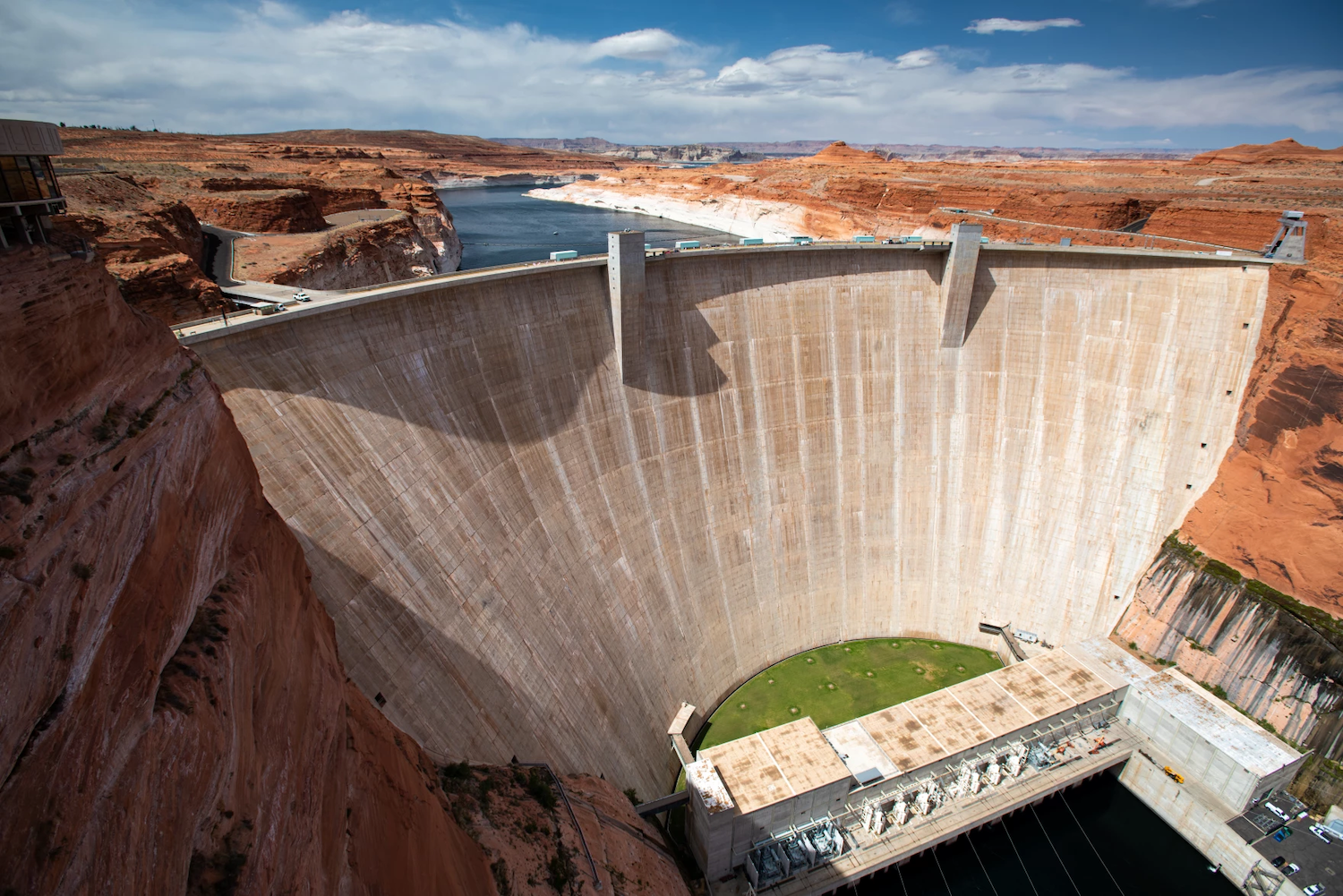 Archaeological Sites In Grand Canyon Degrading Due To Glen Canyon Dam
Archaeological Sites In Grand Canyon Degrading Due To Glen Canyon Dam
“These are the days of miracle and wonder" -- Paul Simon, Boy in the Bubble
By Patrick Cone
Paul Simon sings of dry winds sweeping across the desert and lasers in the jungle, in his song Boy in the Bubble. While not exactly the jungle, scientists have been using lasers to map windblown sands on archaeological sites deep within Grand Canyon National Park, which have been impacted since the 1963 construction of the Glen Canyon Dam upstream.
The problem is the dam has greatly reduced the amount of site-burying sediment carried downstream by the Colorado River. Park staff long have noted that “erosion, deterioration, and loss of archaeological sites are among the documented impacts on the sediment-starved river.”

Yellowstone bison/NPS, Jacob W. Frank
A $25 Million Boost For Bison
By Kurt Repanshek
Mythic, iconic, and nomadic, bison are something of an American relic, the continent's largest mammal that once roamed from Canada to Mexico and from Nevada to Virginia.
The Plains bison long wandered the prairie, both tallgrass and shortgrass, wearing "traces" into the landscape as millions of hooves pounded the ground. There are places where ancient wallows, the roughly oval spots in the dirt created by bison rolling on the ground, still dot the landscape. Bison were, and still are, revered by many Native American tribes. But bison, designated as the national mammal by President Obama in 2016, have vanished from the bulk of the country.

Kennecott Mines National Historic Landmark contains many hazardous wastes/NPS file
Kennecott Mines National Historic Landmark: A Toxic Site
By Barbara 'Bo' Jensen
I’m the last person at the end of the historic Kennecott Mill tour, standing just outside the door of the final room we walked through, a space filled with towering ammonia tanks. The tall, cylindrical, industrial vats, with their steampunk rivets and old-fashioned hand cranks, now sit silently rusting, stained all around from leaked copper and ammonia, iridescent colors emerging in the filtered sunlight streaming through the mill’s high windows.
The 14-story copper mill is part of the Kennecott Mines National Historic Landmark located within Wrangell-St. Elias National Park and Preserve in south-central Alaska. These high mountain mining towns, independent McCarthy and company town Kennecott (misspelled at its inception), provide breathtaking views, looking out from these precipitous slopes across vast terminal moraines of the Kennicott and Root glaciers that feed the Kennicott and Nizina rivers.
I wait, blinking in the sunlight, for the tour guide to exit the rickety wooden building, its floors stair-stepping irregularly down the side of the steep mountain. Floor by floor, he had led us across catwalks, through narrow stairways, and down vertical ladders, descending through the concentration mill like the copper ore itself, past gigantic gears and heavy beams, dusty rocker tables and oily work benches, and always more ore chutes dropping away into darkness.
As he appears, rattling his keys and working the door lock, I step over to wrap up our conversation, confirming, “And this whole place, it’s a toxic Superfund site, isn’t that right?”
Tribes Want Government To Review 1868 Fort Laramie Treaty, Return Lands
By Kurt Repanshek
A treaty negotiated more than 150 years ago between the Standing Rock and Oglala Sioux tribes at Fort Laramie, Wyoming, needs to be reviewed and enforced, particularly the section that called for a "Great Sioux Reservation" for the two tribes for their "absolute and undisturbed use and occupation," say the tribes.
“For centuries, the U.S. government has broken every promise it’s made to Native tribes,” says Standing Rock Chairwoman Janet Alkire. “It’s time for that to stop. Furthermore, we’re calling on the Biden-Harris administration to take active steps to correct the record.”

Are the feral horses on Cumberland Island National Seashore being properly managed?/The Current
The Trouble With Horses On Cumberland Island
Feral horses — especially the females — live a short, sickly life on Georgia’s largest barrier island, advocates say.
By Mary Landers, The Current
At least 150 feral horses roam Cumberland Island National Seashore.
Tourist sites highlight them. Visitors seek them out for photos. Artists celebrate them in paintings. The combination of island mystique and equine charisma is hard to resist.
Yet Cumberland's horses are not universally embraced. In fact, Athens-based Attorney Hal Wright has a message many of the island's equine enthusiasts don't want to hear: "Cumberland is bad for horses and horses are bad for Cumberland."
Wright represents the horses on Cumberland, the Georgia Equine Rescue League, the Georgia Horse Council and Cumberland resident Carol Ruckdeschel on whose behalf he sent a demand letter in late August to the National Park Service threatening to sue if the service didn't start managing the herd.

In a coastal landscape of Spanish moss-draped live oaks, salt marshes, and white sand beaches, a land that offers nesting habitat for loggerhead sea turtles, is crawling with armadillos, and feeds Red knots, a threatened bird species, and wood storks, horses are incongruous.
Though horses have been part of this landscape since the 1700s, and perhaps 150 live on this barrier island off the Georgia coastline now, it's not their natural habitat, maintains Patty Livingston.
"Given a choice, a horse would not elect to live on a barrier island, I'm sorry, but that's just not where they would choose to live," says Livingston, president of both the Georgia Equine Rescue League and the Georgia Horse Council and a plaintiff in a legal battle to see the horses removed from Cumberland Island National Seashore. "They are grazing animals. They like plains. They like nice green grassy pastures, and that's not the type of forage that you find on the barrier islands. Had they not been brought there by human beings, I'm prettuy sure they wouldn't be there today."
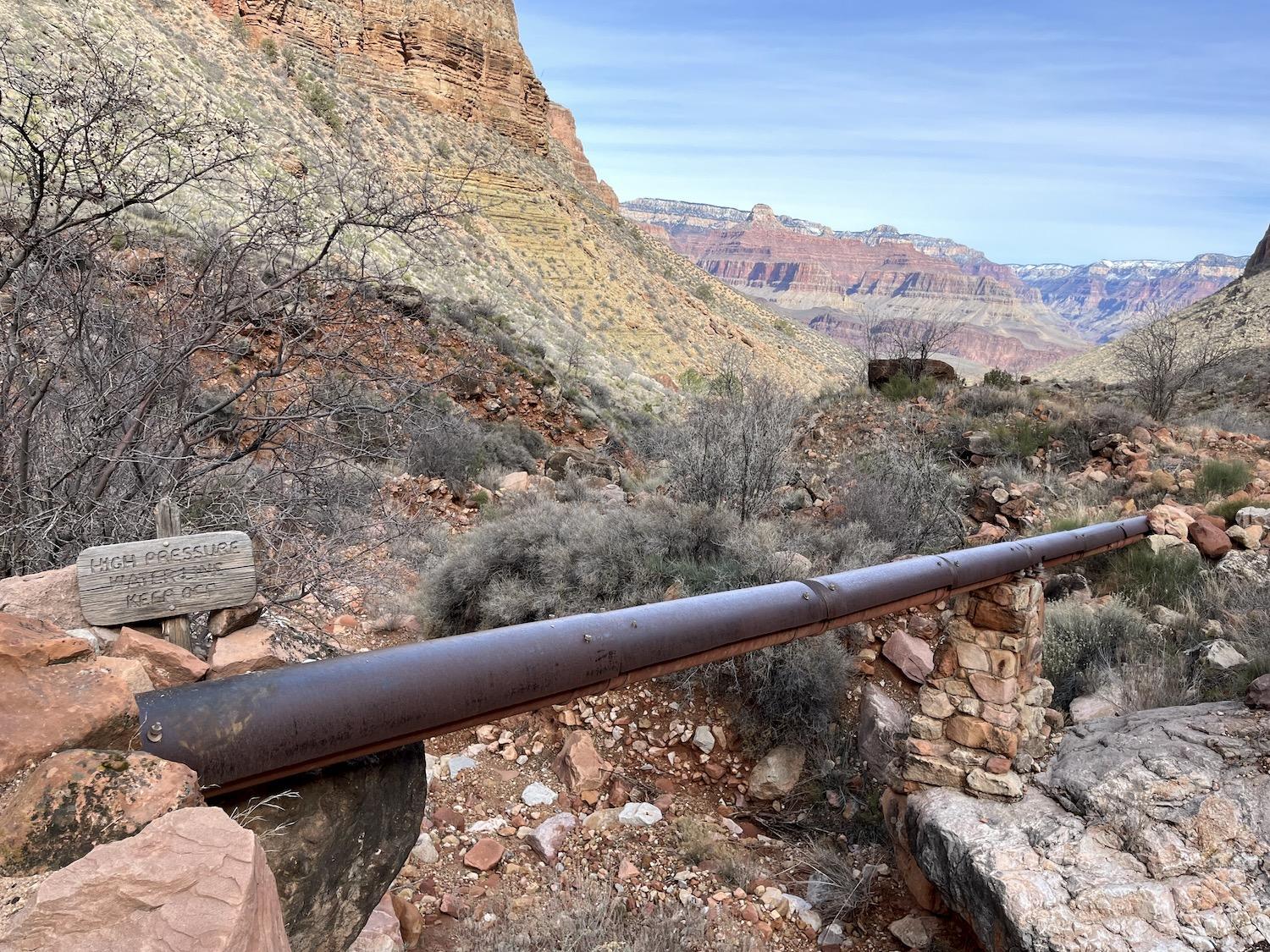
Nearly six decades after it was installed, and 20 years after its expected life, the Transcanyon Pipeline at Grand Canyon National Park is scheduled to be replaced/Lori Sonken
Critical Infrastructure Improvements Coming To Grand Canyon National Park
By Lori Sonken
FLAGSTAFF, Ariz. — When the waterline breaks — as happens almost monthly on the South Rim and canyon floor of Grand Canyon National Park — the canteen at Phantom Ranch and other park restaurants break out disposable plates and plastic utensils instead of dishware requiring water to wash.
There have been more than 85 pipeline ruptures since 2010. Each break requires the entire system to shut down over 3-5 days and frequently costs more than $25,000 to repair. Built in the 1960s, the waterline that consisted of 6-inch and 8-inch diameter aluminum pipes has operated two decades longer than it was designed to last and has been plagued by problems since inception. A 1,000-year flood in 1966 washed out sections of the initial line a year after installation, and the rebuild started in 1967 cost $5 million, according to park records.
But now, the park has plans and funding to correct the problem.
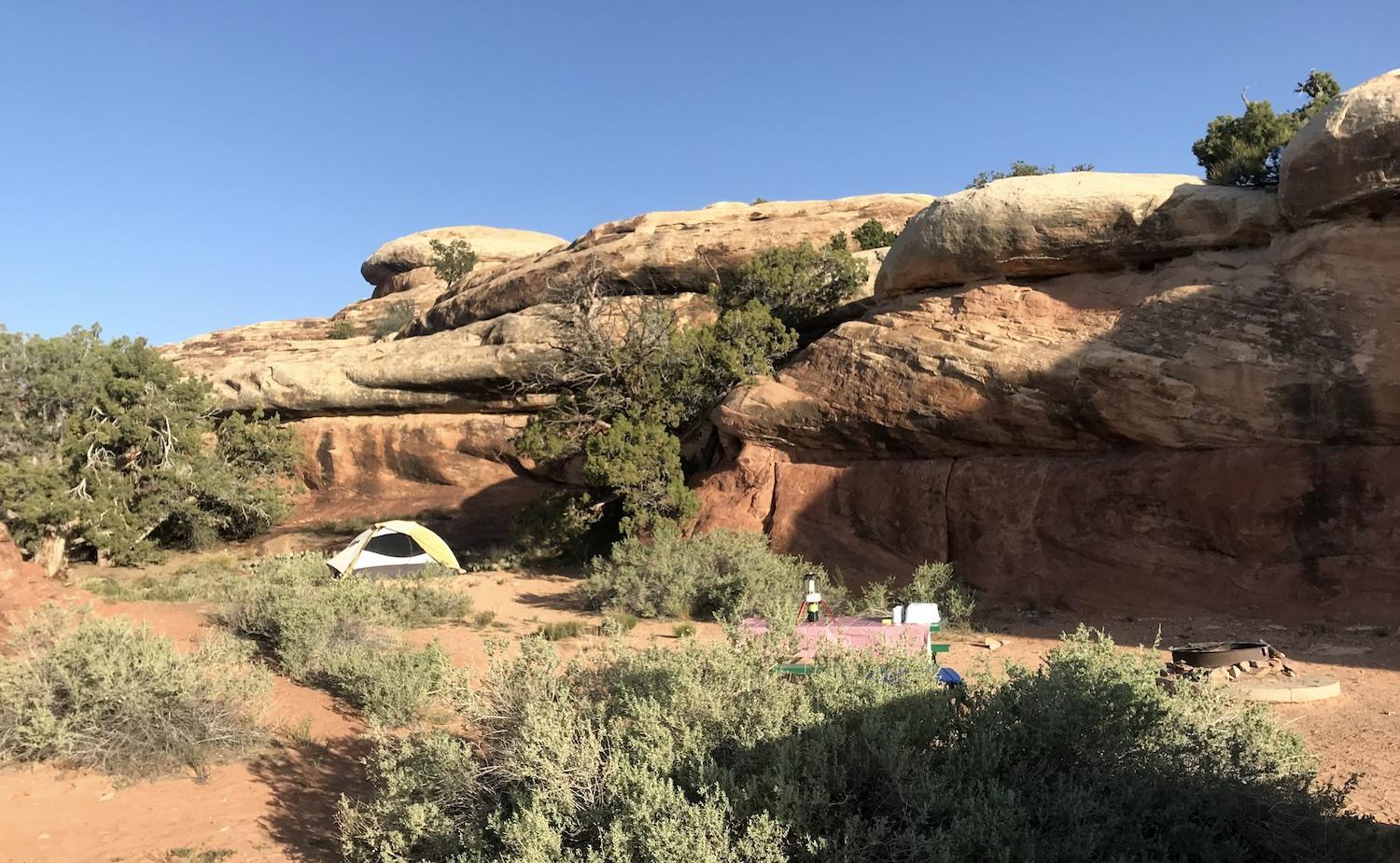 Lawsuit Alleges Recreation.Gov Is Cluttered With "Junk Fees," Seeks Millions In Refunds
Lawsuit Alleges Recreation.Gov Is Cluttered With "Junk Fees," Seeks Millions In Refunds
By Lori Sonken and Kurt Repanshek
Recreation.gov, a national portal for accessing recreational activities on federal lands, is cluttered with unauthorized and possibly illegal “junk fees” that potentially generate hundreds of millions of dollars for a government contractor hired to operate the site, according to a lawsuit.
The filing (attached below), which requests a jury trial and seeks at least $5 million in damages, raises the question of whether Recreation.gov in effect has privatized public lands for the benefit of Booz Allen Hamilton, Inc., which operates the site. It was filed last month in the U.S. District Court for the Eastern Virginia and asks the court to order Booz Allen to refund to consumers processing, lottery, and cancellation fees charged on the Recreation.gov website and mobile app.
The lawsuit was brought by seven outdoor enthusiasts who are seeking to have the matter certified as a class-action matter covering “[A]ll individuals in the United States who were charged a Junk Fee on the Recreation.gov website and/or App.”
Recreation.Gov Lawsuit Withdrawn

Migratory corridors for wildlife could bring more success stories/NPS, Cascades Carnivore Project
Protecting Migratory Corridors For Bottled Up Wildlife
By Kurt Repanshek
It took roughly a century, but the three wolverines cavorting in the backcountry of Mount Rainier National Park reflected the instinctual wiring and determination that guides the small carnivores to their historic habitats.
“Wolverines returning to and reproducing in their historical range is huge for wolverine conservation,” Jocelyn Akins, founder of Cascades Carnivore Project, said back in August 2021 when the photos were released and the wolverines were celebrated.
But the celebrations don't happen often enough, and when they do, it's usually over one animal's amazing journey, such as when a wolf from the Greater Yellowstone Ecosystem roamed nearly 900 miles to the North Rim of Grand Canyon National Park in the fall of 2014. There have been other, unconfirmed, reports of Yellowstone-area wolves making it into Rocky Mountain National Park, as well as GPS tracking evidence that one of the park's wolves actually did make it close to Rocky Mountain.
But too often getting in the way of those instincts and determination are fractured landscapes, highways, and human development.

Most visitors don't realize it, but the size of the park staff at Mesa Verde National Park has been in decline/Rebecca Latson file
National Park Service Staff Can't Keep Up With Visitation Leaps
By Lori Sonken
Visitors used to come to Mesa Verde National Park in southwestern Colorado in December to see flickering shadows playing off lantern-lit cliff dwellings where the Ancestral Puebloans lived. But in 2020 and 2021 the park canceled Luminaria due to the weather and pandemic, and during the 2022 holiday season construction on the Mesa Top Loop and staff shortages prevented the park from safely hosting the event.
Staffing woes aren't unique to Mesa Verde. Indeed, they abound across the National Park System. Parks try to make do, and not all visitors see the problems of understaffing.

Visitors to Dry Tortugas National Park can see coral reefs, sea turtles, sharks, tropical reef fishes, remnants of shipwrecks, and Fort Jefferson. But the park, located about 70 miles west of Key West, Florida, in the Gulf of Mexico, may submerge this century given projections for sea-level rise.
Across the country, national park units are grappling with the likelihood that a portion of their land could become inundated and their habitats significantly altered by sea-level rise in the not-too-distant future. Expanding oceans caused by warming waters and melting glaciers and ice sheets – stemming from greenhouse gas emissions increasing atmospheric temperatures — are driving sea-level rise.
“Human-caused climate change has raised sea level 33 cm (13 inches) at Golden Gate National Recreation Area, San Francisco, since 1954 and 42 cm (17 inches) near the Statue of Liberty National Monument, New York, since 1856,” said Patrick Gonzalez in an email.

The Old Faithful Inn, a designated national historic landmark, has been hosting Yellowstone National Park visitors for 120 years. It’s not a realistic lodging option for everybody, however: Average daily room rates reached $424 in 2022/Picryl, Public Domain
Old Faithful Inn At $424: Who Can Still Afford A Yellowstone Road Trip?
Camping isn’t for everybody, and lodging in the gateway communities and parks themselves has far outpaced inflation. Visitors and officials weigh in on whether the middle class is being priced out.
By Mike Koshmrl, WyoFile
OLD FAITHFUL, Yellowstone National Park — Liz Adkins saved for four or five months to afford for her family to visit Yellowstone National Park.
On a breezy, busy August afternoon a few minutes after Old Faithful spouted off, she explained how lunch got packed each morning to save a few bucks. Dinners were being made at the KOA campground in Cody, where Adkins’ family slept at night. There were few excesses during the Grand Rapids, Minnesota family’s long- planned journey to see Yellowstone’s 2.2 million acres, which were set aside “for the benefit and enjoyment of the people” some 152 years ago.
Adkins did, however, let WyoFile in on one splurge: “We’re planning to go to dinner on the last night,” she said with a chuckle.
Other luxuries, like a Cody hotel room, which started at around $200 a night, were out of reach for the dual- income family of five. Adkins works in the construction industry, and her husband’s paycheck comes from a boating business. Doing what they could to cut costs, the family managed to keep the total tab of their week’s road trip to about $2,000, she said.
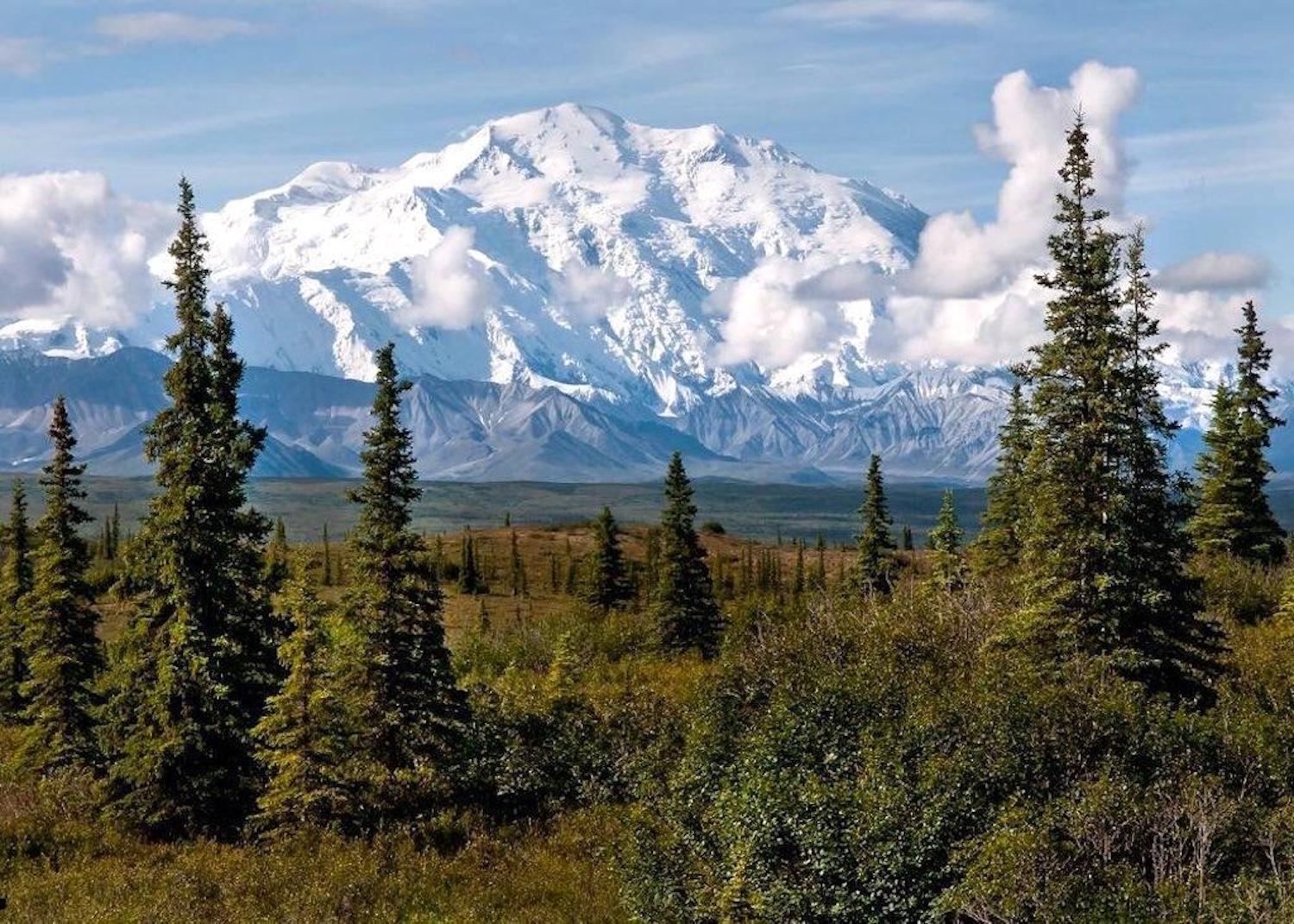
Despite living and working in some of the most spectacular places on Earth, morale continues to fall for National Park Service employees/ NPS file
PEER: NPS Remains Plagued By Low Morale, Rising Attrition
By Kurt Repanshek
Nearly two years after Chuck Sams took over as director of the National Park Service with a determination to improve employee morale, workforce morale continues to fall, employee flight from the agency is growing, and the agency's directorate is failing to reverse those trends, according to Public Employees for Environmental Responsibility.
Citing internal Park Service documents and federal surveys it provided the Traveler with, PEER said the director has been slow to implement strategies that might reverse those trends. “National parks should be among the best places to work in government, not one of the worst," said Timothy Whitehouse, PEER's executive director.
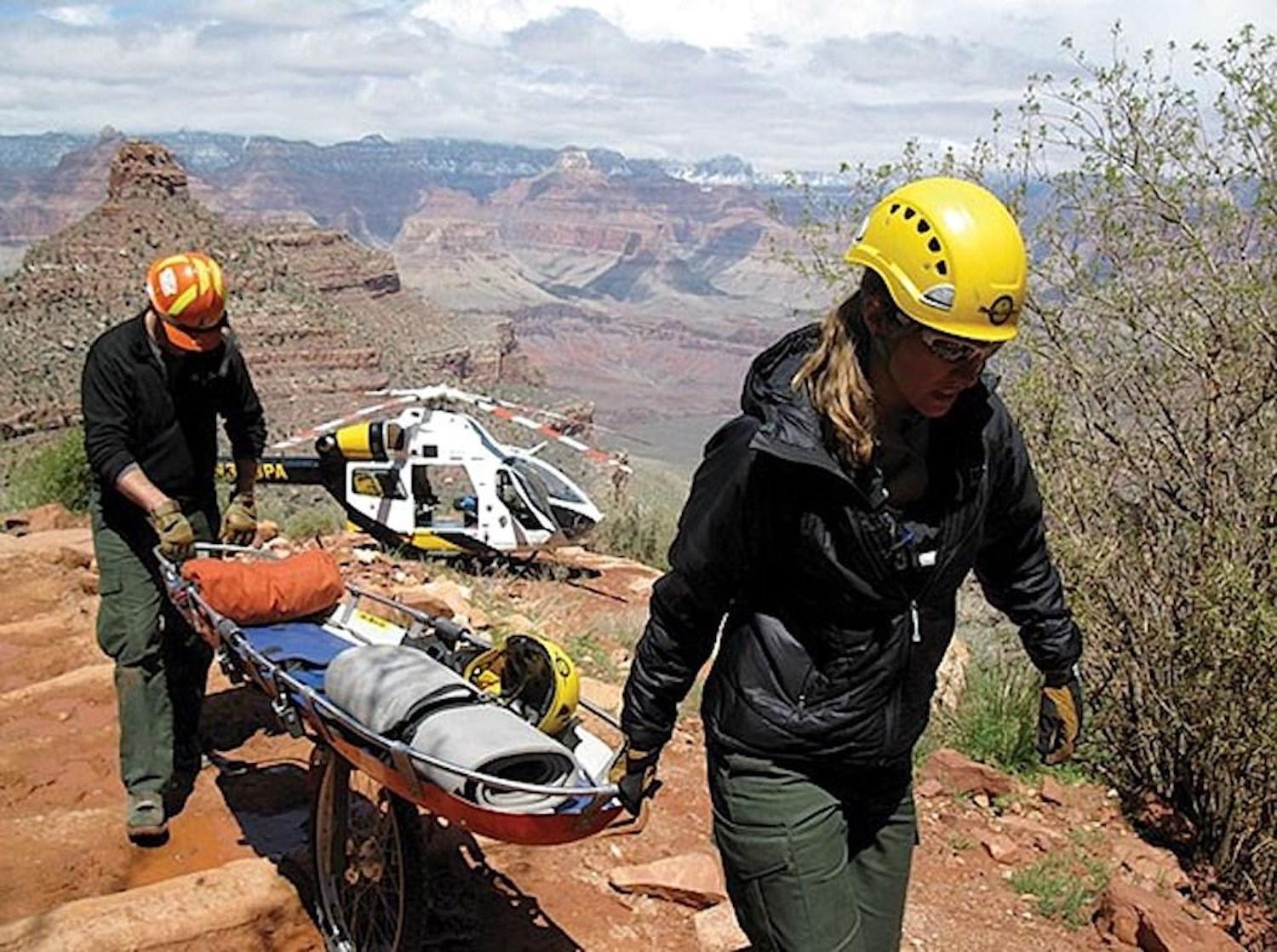
A new study points to increased risks of heat-related illnesses in national parks due to climate change/NPS file
Heat Driven By Climate Change Will Make Grand Canyon, Other National Parks, More Dangerous
By Kurt Repanshek
As climate change continues to drive higher and higher temperatures across the National Park System, Grand Canyon and other parks are going to become more and more dangerous as visitors in search of recreation, rejuvenation, and inspiration chance being stricken by a heat-related illness, according to a new study.
The research, published last week in the journal PLOS One, predicted that annual heat-related illnesses in Grand Canyon National Park could rise as much as 137 percent from 2004-2009 levels, to 254 cases per year by 2100. But "that assumption may also ultimately prove to be an underestimate because visitor numbers may increase further," the study added.

A federal judge has ruled that the state of Utah has no standing to challenge President Biden's redrawing of the boundaries around Bears Ears and Grand Staircase-Escalante national monuments/BLM, Bob Wick
Utah Loses Bid To Reverse National Monument Boundaries
By Kurt Repanshek
Utah has no legal standing to second-guess President Biden's judgment in restoring the original boundaries of Bears Ears and Grand Staircase-Escalante national monuments in the state, a federal judge has ruled.
"It has long been held that where Congress has authorized a public officer to take some specified legislative action when in his judgment that action is necessary or appropriate to carry out the policy of Congress, the judgment of the officer as to the existence of the facts calling for that action is not subject to review," Judge David Nuffer wrote in his ruling (attached below) issued Friday. "President Biden’s judgment in drafting and issuing the Proclamations as he sees fit is not an action reviewable by a district court."
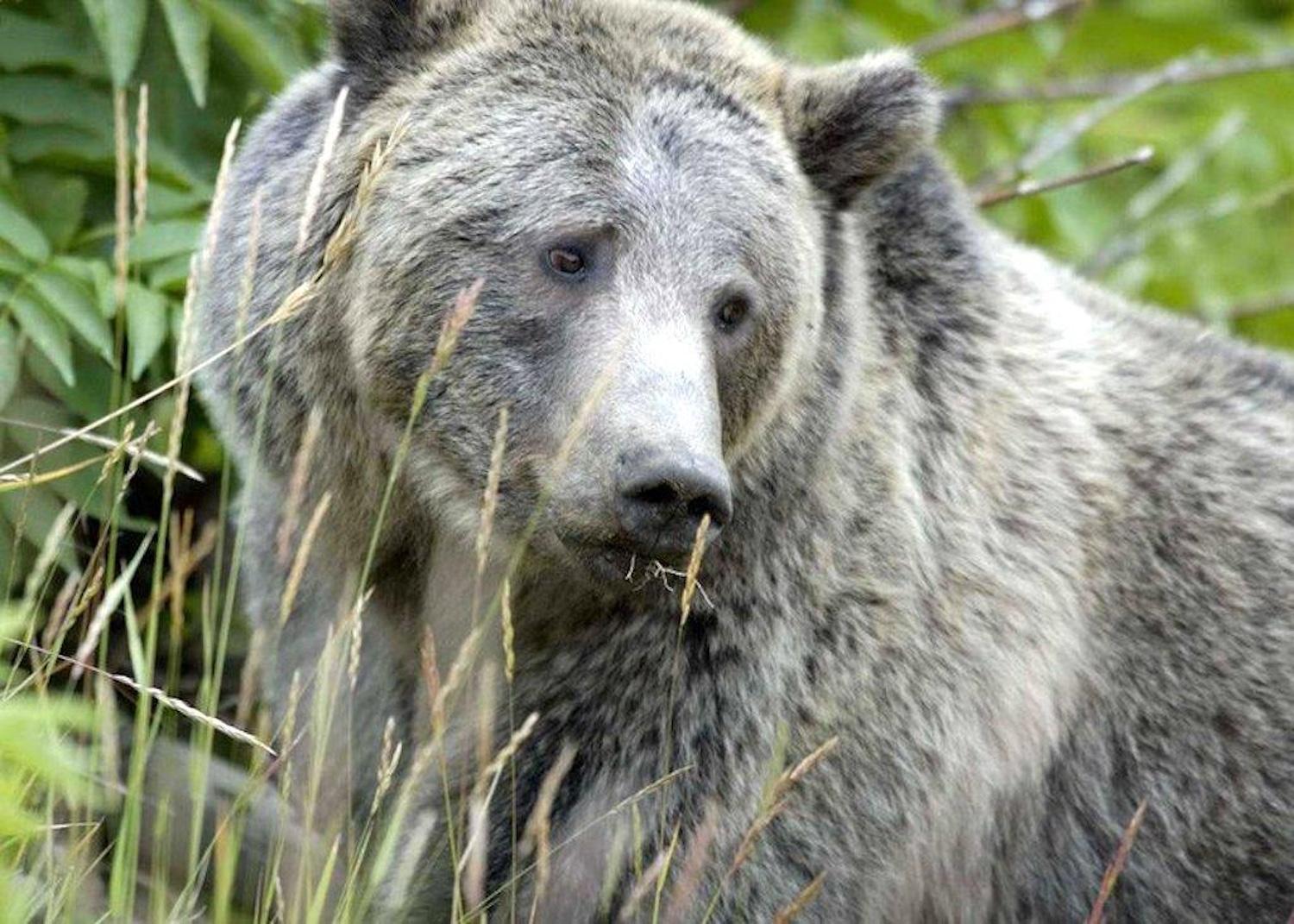
The U.S. Forest Service and U.S. Fish and WIldlife Service have been ordered to reconsider the number of grizzly bears that could be killed for livestock predation in a grazing allotment it authorized in the Greater Yellowstone Ecosystem/NPS file
Court Finds U.S. Fish And Wildlife Service, Forest Service Violated Law By Allowing Killing Of Yellowstone Ecosystem Grizzlies
By Kurt Repanshek
A unanimous 10th U.S. Circuit Court of Appeals panel ruled Thursday that the U.S. Fish and Wildlife Service and U.S. Forest Service violated the Endangered Species Act in 2019 when they authorized the killing of up to 72 grizzly bears in part of the Greater Yellowstone Ecosystem south of Yellowstone National Park and east of Grand Teton National Park in Wyoming.
The ruling held that the agencies failed to adequately consider placing a limit on the "taking" of female grizzlies in the Upper Green River Area Rangeland of the Bridger-Teton National Forest to protect grizzly bear recovery, and also failed to consider the area's contribution to the mortality sink for female grizzly bears in the Greater Yellowstone Ecosystem. It requires the Fish and Wildlife Service and Forest Service to reconsider the number of grizzlies that can be killed during the 10 years that the grazing allotment was authorized for.

Add comment